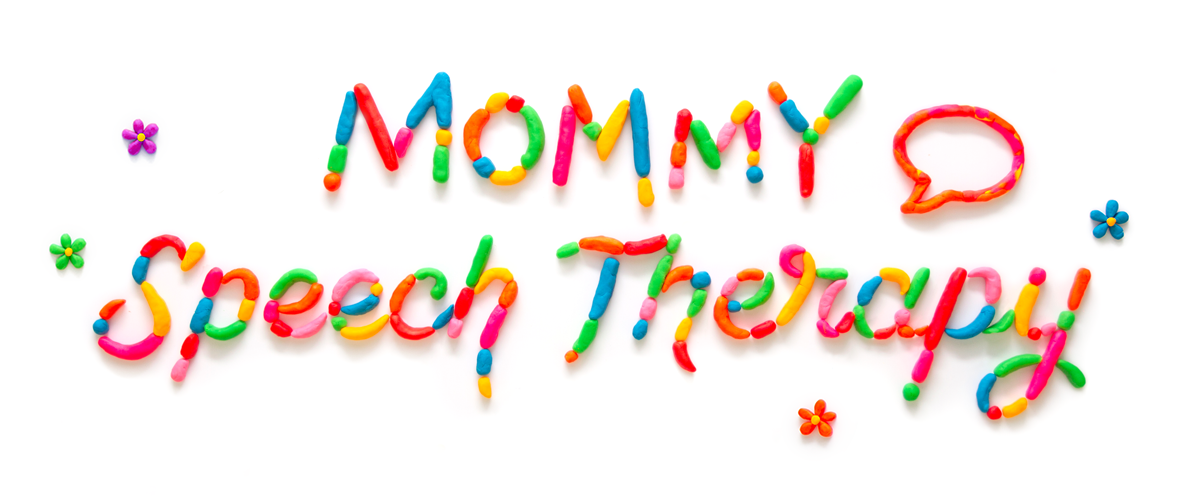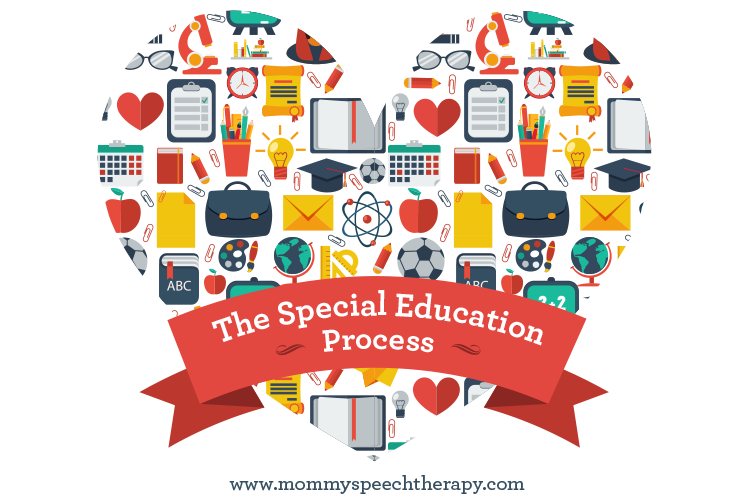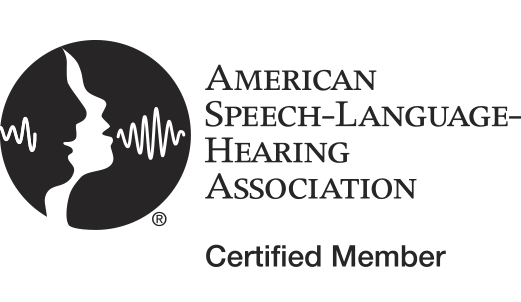For many years I worked as a school-based speech-language pathologist and had the joy of working with many wonderful families as we have strived to improve their students’ speech and language skills. Parents who have concerns about their child’s speech and language skills may wonder, “How do I obtain speech therapy services for my child?” The purpose of this article is to help parents understand the special education process, to provide information regarding eligibility requirements, how to get referrals, evaluations, and services.
It important to note that special education is specifically designed instruction—provided at no cost to the parents—that is set up to meet the unique needs of a child with a disability. Special education includes speech-language pathology services and other related services as provided by the Individuals with Disabilities Education Act. While the term special education includes early intervention services, preschool-based services, and post-high school programs, this article focuses on services for school-aged children (K-12).
The Individuals with Disabilities Education Act (IDEA) is a federal statute that provides guidelines and regulations for how states and public agencies provide early intervention, special education, and related services.”
As mentioned above, the Individuals with Disabilities Education Act (IDEA) makes special education services possible. IDEA is a federal statute that provides guidelines and regulations for how states and public agencies provide early intervention, special education, and related services. The law outlines the special education process and includes several important tenants necessary to ensure appropriate education for students, including:
• Free appropriate public education (FAPE): This principle provides that special education and related services are provided to eligible children with disabilities at public expense, and without charge to the parent or guardian. The provision of FAPE can differ for each child, but the principle remains the same.
• Appropriate Evaluation: Before a child can receive services through special education, IDEA requires that your child be given an appropriate evaluation. Evaluations need to be nondiscriminatory and nonbiased and parental consent needs to be obtained before evaluation can begin.
• Individualized Education Program (IEP): The IEP is a legally binding document created for eligible children with disabilities to outline their individualized special education program and their services based upon their needs.
• Least Restrictive Environment (LRE): This provision ensures that children with disabilities receive an appropriate education in an environment that will meet their needs and allow them to remain with their nondisabled peers to the extent that is appropriate based on their severity and disability.
• Parent and Student Participation: IDEA recognizes that parents have a crucial role in being a part of their child’s special education process. Parents and student rights in the special education process are laid out specifically in the law.
• Procedural Due Process: The law also includes safeguards intended to protect the rights of parents and students. These safeguards provide a forum for families and schools or public agencies to resolve disputes if any should arise during the special education process.
• Others: IDEA also includes regulations for: discipline procedures, private schools, secondary school setting transition, and transportation. Additionally, it includes the Child Find mandate, which requires states to devise methods to identify all children with disabilities from birth to age 21.
With that framework in mind, we will discuss the entire special education process. Please keep in mind that the process may vary slightly from state to state, but the important tenants of the process remain the same nationwide.
The process can either be initiated by your local education agency (LEA) or by yourself as a parent. This article focuses primarily on the process for a child with a speech/language delay or impairment; however, the process is similar for children with other concerns or possible disabilities.
Pre-referral and Referral to Special Education
The first step in the special education process is a referral to special education being made. From a service provider’s standpoint, it’s important for parents to understand that there is a period preceding even this first step that includes pre-referral intervention or data collection and analysis to determine whether referral to special education is merited. If a teacher sees that a child in his or her class is struggling, that teacher may try some form of classroom-based intervention to help the student overcome his or her struggles. Teachers will continue to monitor and collect data on the child’s progress or lack of progress with these classroom-based interventions in place to determine if they are effective in helping the child overcome their struggles. A teacher may choose to discuss classroom-based interventions with a parent or, alternatively, a parent who feels that his or her child is struggling can ask to meet with the child’s teachers to discuss how classroom-based interventions might be incorporated into the child’s classroom. In certain instances, classroom-based interventions may help the child overcome difficulties without a referral to special education being made.
Your child’s classroom teacher can consult with the school’s speech language pathologist for ideas on how to implement classroom-based pre-referral interventions.”
Pre-referral interventions for speech and language impairments may include such things as teacher-led small group instruction for how to produce a misarticulated speech sound, or visual aides and other language supports being added to classroom curriculum to help a student struggling with receptive and expressive language, etc. Your child’s classroom teacher can consult with the school’s speech language pathologist for ideas on how to implement classroom-based pre-referral interventions. The teacher will want to put these interventions in place for a few weeks and take accurate data as to student performance with interventions in place to see if they help improve speech/language skills in the classroom. As a parent it’s important to understand that these classroom interventions can actually work, and if they do a special education referral is not appropriate; however if your child continues to exhibit speech/language difficulties despite pre-referral interventions being introduced in the classroom then a formal referral may be appropriate.
Evaluation
Once an official referral is made, the next step is evaluation. Appropriate evaluation is performed to help determine if your child has a disability as defined by IDEA, and if they need special education and related services to address his or her educational needs. Before your child is evaluated, the person conducting the evaluation will send home a form asking for parent permission to evaluate. This form will state the area(s) that your child will be tested in. Evaluation may include: interviews with parents, teachers, and child; review of classroom work samples; educational testing and/or psychological testing; observations; and collection of reports from outside experts if appropriate and available. Speech and language testing may include standardized testing, informal measures, criterion-referenced measures, speech and language samples, fluency samples, and intelligibility ratings. The evaluation period can last up to 45 school days.
Eligibility
After the evaluation period is completed, a group of qualified individuals, including you as parents, will meet to review information gathered during evaluation and will determine the need for special education and related services and whether or not your child is eligible to receive those services. To qualify for special education services, your child must meet three criteria:
-
1. Your student must meet one of the classification criteria categories set out in IDEA. These categories include: autism, blindness, emotional disturbance, hearing impairment/deafness, intellectual disability, multiple disabilities, orthopedic impairment, other health impairments, specific learning disability, speech/language impairment, traumatic brain injury, visual impairment, or developmental delay.
2. The disability must adversely affect the student’s educational performance. (Educational performance includes all of the school program, including your child’s ability to communicate. Educational performance is not solely academic achievement.)
3. The student requires special education and related services
If your child does not meet these criteria, then he or she is not eligible for special education services at that time. I’ve had some parents worry in the past about the different classification categories that their child has to meet for qualification for special education. Parents worry that the classification category will be a detrimental label that will follow their children throughout the rest of his or her education. Classification categories are not designed to be so much a label as it is a way to determine whether or not it is appropriate for a child to qualify for special education. Other factors will be considered when determining if your child has a disability. A child cannot have a disability based on lack of instruction in reading or math or if he or she has limited English proficiency. Once it is determined that your child is eligible for special education, you’ll be moving forward to the next step in the special education process.
Individualized Education Plan
An individualized education plan (IEP) is set up to guide the education of your child. The IEP team will include you as a parent, and may include some of the team members that participated with evaluation and classification.
An individualized education plan (IEP) must be written within 30 calendar days from the time that special education eligibility has been determined.”
An IEP team has to include at least one special education service provider (in the case of speech language impairment, the SLP); a regular education teacher; a student, if appropriate; a representative of your LEA, usually a school administrator; and any other person that has knowledge or expertise regarding the student, at the discretion of the parent or school. An IEP must be written within 30 calendar days from the time that special education eligibility has been determined. An IEP must be set up before your child can begin receiving services. The school is required to notify and work with parents to schedule the IEP meeting so that parents can attend.
IDEA requires that certain information be contained or considered in the IEP. Some important points include:
• A statement of the student’s present levels of academic achievement and functional performance (PLAAFP). This statement should include how the student’s involvement and progress in the general curriculum is affected by their disability. The statement should also include the child’s current performance.
• A statement of measurable annual goals, including academic and functional goals where appropriate. These goals may or may not include benchmarks and objectives to help measure the goals. There should also be language included on how progress for goals will be measured and how often that progress will be reported to parents.
• The specific special education service should be stated (speech-language therapy). Any other related services or specific classroom modifications will also be spelled out. The projected date for the beginning of the services and modifications, and the anticipated frequency, location and duration of those services and modifications.
• The IEP also contains a section on information on transition for students transitioning to junior high or middle school, high school, or post high school programs. Please note that you usually will not go over this section of the IEP unless you have a child that will be transitioning to one of these settings.
• Special considerations are discussed with developing an IEP. These considerations include: the child’s behavior and whether modifications are needed for behavior, whether or not the child has limited English proficiency, if the student is visually impaired and requires Braille, the communication needs of the student (this is important if your child qualifies for speech/language impairment), and whether assistive technology is appropriate for the student.
Once the IEP is in place, services put forth by the IEP can begin. An IEP should be reviewed periodically, and should be updated at least annually.
Educational Placement
IDEA emphasizes that a student with disability be educated with nondisabled students as much as possible in the least restrictive environment (LRE). Usually if your child is just receiving speech and/or language services, he or she will continue to stay in his or her regular education classroom and receive special education instruction and itinerant services on the side to address his or her speech and language needs. There are other placement options; these options are set up for other disabilities and their varying degrees of severity. The IEP team will determine what educational placement is appropriate for your child. Placement is reviewed annually, usually with the IEP.
Reevaluation
Speech-language pathologists and other special education service providers are constantly evaluating their students with IEPs to track progress for their goals. At least once every three years, or more often if requested by the teacher or parent, the IEP team must meet and review existing data on the student and get updated input from parents to determine if the child still has a disability and what their educational needs are, and to see if the child still requires special education services. Additional evaluation may be completed at this time. This does not indicate that children must remain in a special education program for three years. Children can be released from special education services at any time when it is determined that they no longer have a disability because they have met their goals on their IEP, or if their disability no longer affects their education and requires special education services. The re-evaluation period every three years serves as a nice safeguard to ensure that special education services are still appropriate for a child.
Procedural Safeguards
IDEA also included procedural safeguards that are designed to help protect the rights of children with disabilities and their parents. These procedural safeguards include the right to participate in all meetings, to examine educational records, and to obtain an independent evaluation of the child. Parents have the right to written notice when a school proposes to change or refuses to change identification, evaluation, or placement of a child. Procedural safeguards also include information on how to resolve disputes, which can include mediation and due process hearings. The school agency should offer you copies of the procedural safeguards periodically, or you can request them at any time. Make sure to familiarize yourself with the procedural safeguards. If you have any questions, either your child’s special education service provider or another representative of the school agency should be able to answer your questions.
I hope this description of the special education process was helpful and informative. As a parent, you are one of the most important members of this process because you have the important role of advocating for your child to make sure that services and educational placement are appropriate for them. If you are considering referral for your child, or if you find yourself already in the midst of the special education process I urge you to continue to read up on information available. I have included some additional helpful links below that will prove additional information that you should also find helpful. Good luck!
U.S. Department of Education: IDEA
National Center for Learning Disabilities
Wrights Law






2 Comments